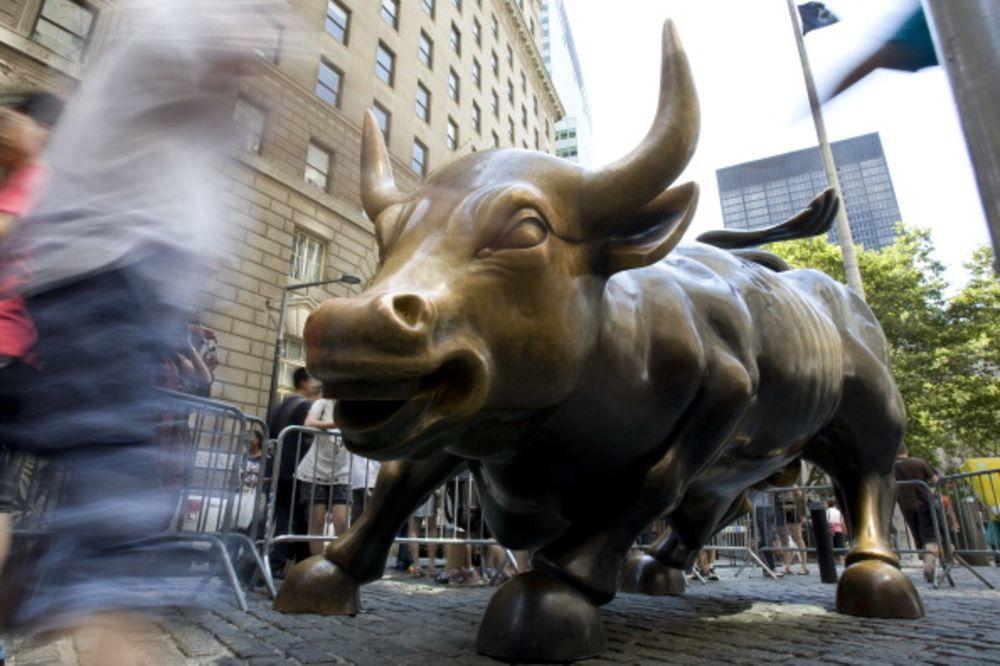Jim Bianco Warns Buying When (& What) The Fed Is Buying May Not Work Anymore
Authored by James Bianco, op-ed via Bloomberg.com,
The S&P 500 Index has rallied 28% from its low this year on March 23, with Wall Street praising the Federal Reserve for basically creating money to purchase a broad range of securities, effectively supporting asset prices.
So now, many believe the bear market that saw the S&P 500 plunge 34% over the course of five weeks starting in late February is over and that major stock indexes will not revisit their recent lows.
Don’t count on it.
The basis for the optimistic outlook is based on three ideas, starting with “you can’t go wrong co-investing with the Fed.”
The central bank on March 22 announced what is probably the most aggressive set of moves in its 106-year history. They included a reduction in the target federal funds interest rate by 1 percentage point to zero as well as numerous liquidity facilities to support various parts of the financial market. If the Fed, with its nearly unlimited ability to print money, is buying, how could prices ever go down? That notion alone was reason enough for investors to buy.
Optimism was further fueled by some states starting to lift shelter-in-place orders.
Georgia and Texas were among the first to announce plans to begin opening their economies. About 30 other states will begin easing restrictions in the days and weeks ahead.
And there is finally some hope in the battle against the spreading pandemic, with Gilead Science Inc.’s remdesivir drug being found effective in shortening hospital stays for those with the coronavirus.
The Food and Drug Administration approved its use for Covid-19 patients on May 1.
Now, though, investors will increasingly need proof that these reasons for optimism are bearing fruit. In Wall Street parlance, investors “bought on the rumor,” and any setbacks may cause them to “sell on the news.”
When considering the potential magnitude of the economic rebound, recall that the deepest post-World War II recession was the last one, which lasted from 2007 to 2009. At its worst, real gross domestic product fell 4% from its peak. Put another way, the economy held onto 96% of its pre-recession output.
That was still enough to push the unemployment up to 10%, cause the S&P 500 to fall as much as 56% and spark social unrest.
This time around, a re-opening of the economy would have to lead to an almost complete rebound in output for Fed support of asset prices to hold at current levels. This seems unlikely if the state re-openings are accompanied by de-risking, de-globalization, extended periods of social distancing and a more cautious attitude in general.
Even with output returning to 90% of its previous levels, it’s likely that the recession the economy is now in would be twice as bad as the one during the financial crisis, suggesting the recent rebound in equities has gone too far. On Friday, the government will probably say that the U.S. unemployment rate reached 16% in April, much higher than the peak of 10% in October 2009, according to a Bloomberg survey of economists.
And at that level of output, highly indebted governments and companies will struggle. A 10% decline in revenue is enough to blow a big hole in government budgets, requiring massive tax hikes or bailouts. Companies would be unable to stay profitable or meet debt payments, let alone dividends.
We saw this in October 2008 when the Fed also went to unprecedented levels to support plunging markets. Along with a bailout of the banks via the Troubled Asset Relief Program, or TARP, the Fed was also trying to support asset prices at too high a level. As a result, the S&P 500 fell 25% over the following six months.
This leaves the hope of a vaccine as the sole reason to believe that economic output will soon return to 100% of 2019’s level, which is the only way current asset valuations make sense.
But hope is not a strategy. As cities and states begin to re-open their economies and hard data becomes available, the fear of missing out in the stock rally, or FOMO , may be replaced by the realization that a return to a pre-virus world will be much more difficult than imagined.
Tyler Durden
Wed, 05/06/2020 – 14:05![]()
Zero Hedge’s mission is to widen the scope of financial, economic and political information available to the professional investing public, to skeptically examine and, where necessary, attack the flaccid institution that financial journalism has become, to liberate oppressed knowledge, to provide analysis uninhibited by political constraint and to facilitate information’s unending quest for freedom. Visit https://www.zerohedge.com
